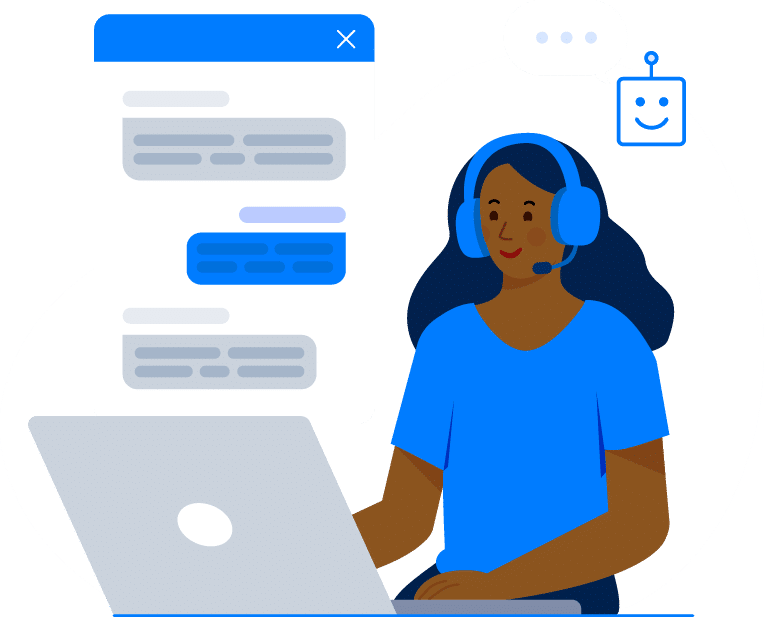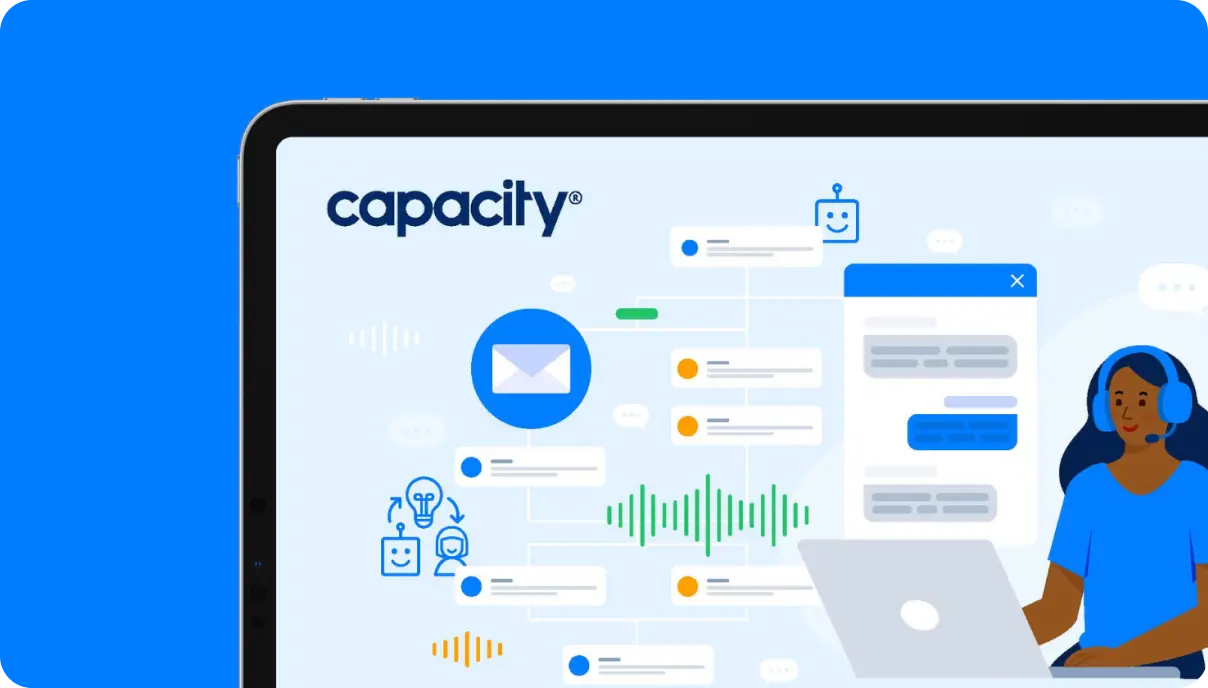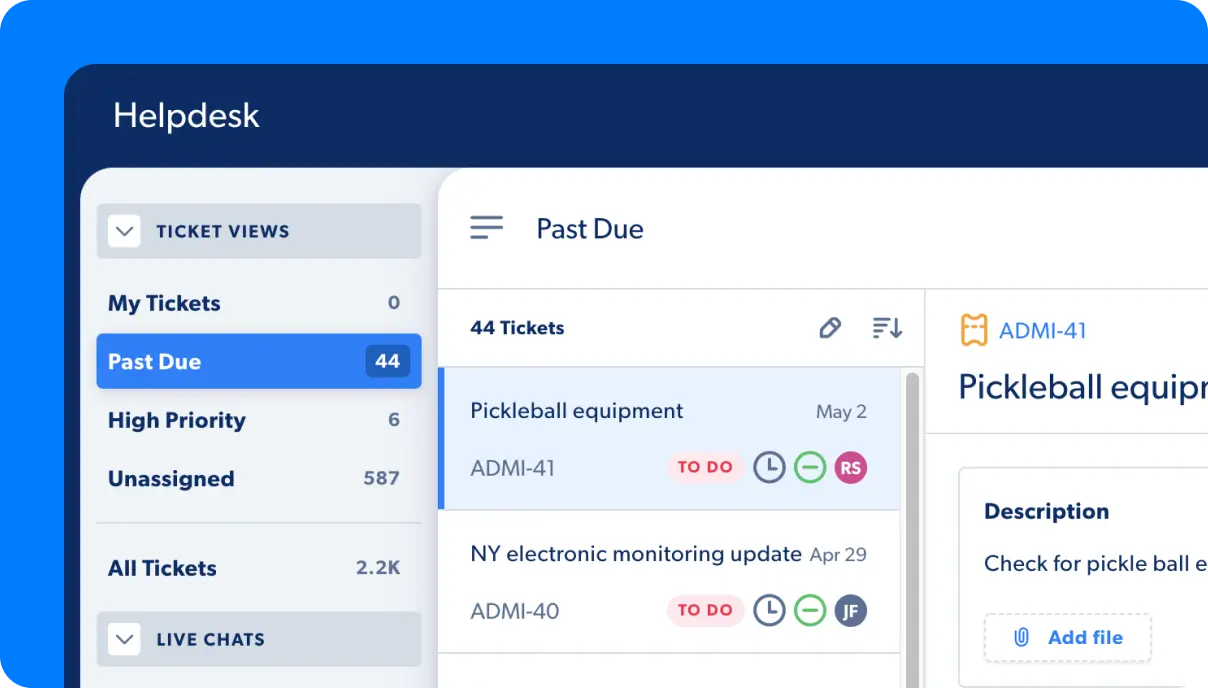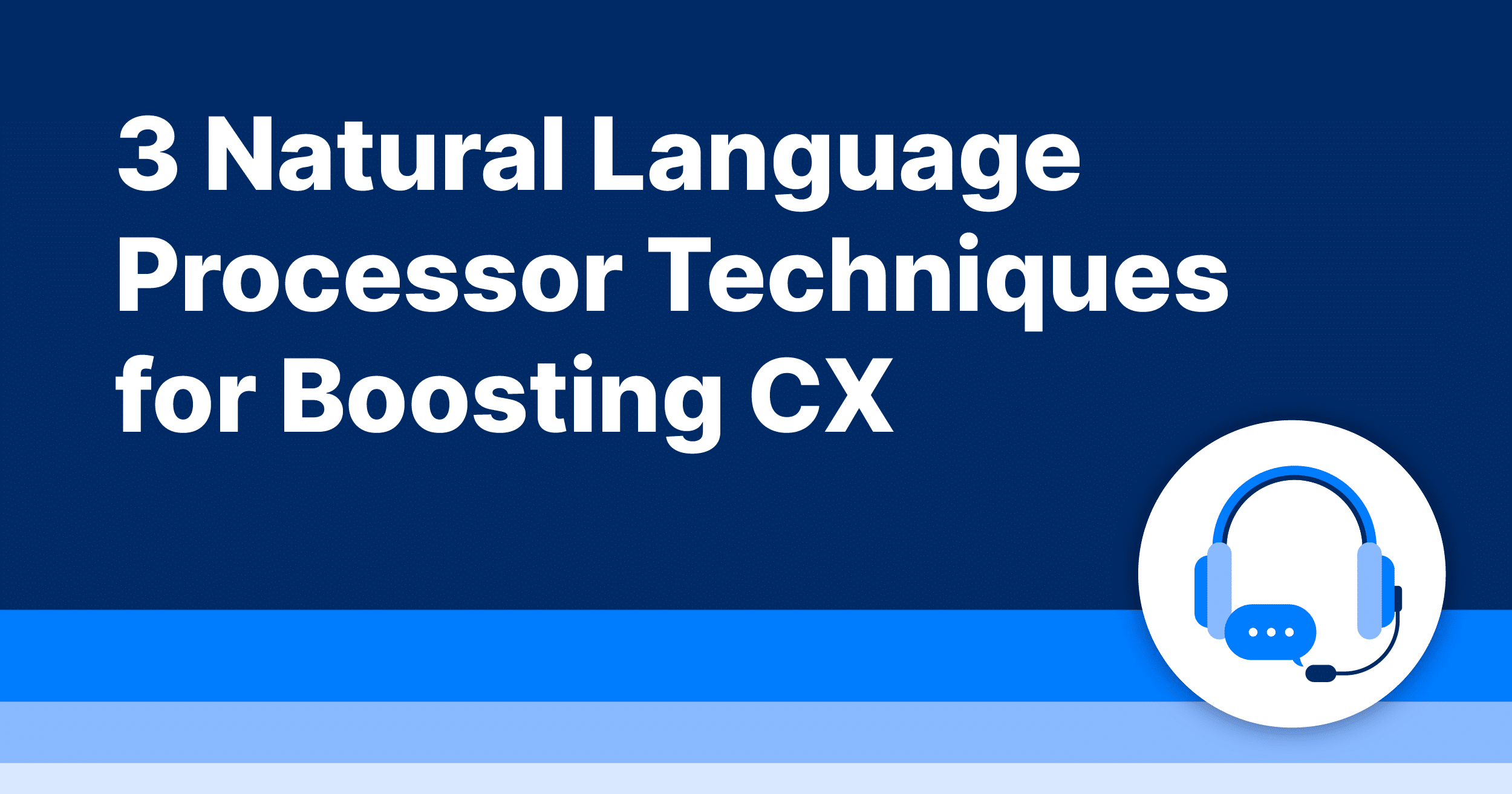In the ever-evolving landscape of customer support, providing exceptional customer experience (CX) is paramount. Natural language processing (NLP) is a powerful tool that has emerged to enhance CX by enabling more intelligent and intuitive interactions between customers and businesses. But what are the specific techniques that businesses can use with NLP to achieve this? In this blog, we’ll discuss three best-practice natural language processor techniques that are significantly improving CX.
1. Sentiment Analysis
Understanding Customer Emotions
Sentiment analysis is a natural language processor technique that involves determining the emotional tone behind a series of words to gain an understanding of the customer’s feelings. By analyzing customer interactions, businesses can identify whether a customer is expressing positive, neutral, or negative emotions. This information is crucial for tailoring responses to improve customer satisfaction.
Improving Real-Time Interactions
During live interactions, sentiment analysis can provide immediate feedback to customer support agents about the emotional state of the customer. For example, if a customer is identified as frustrated or angry, the system can prompt the agent to offer empathy and prioritize resolving the issue quickly. On the other hand, detecting positive sentiments can help reinforce good relationships and customer loyalty.
Enhancing Customer Experience
By understanding customer emotions in real-time, businesses can take proactive steps to address concerns before they escalate. This not only enhances the overall customer experience but also reduces the risk of negative reviews and customer churn. Companies can also analyze trends in customer sentiment over time to identify recurring issues and improve their products or services accordingly.
2. Intent Recognition
Identifying Customer Intent
Intent recognition involves using NLP to understand the purpose behind a customer’s query. This natural language processor technique goes beyond simply understanding the words spoken or typed; it involves analyzing the context and semantics to determine what the customer actually wants or needs. For example, if a customer asks, “Where is my order?” the system recognizes the intent as a request for order status.
Streamlining Support Processes
By accurately identifying customer intent, NLP-powered systems can streamline support processes. Automated systems can route queries to the appropriate department or provide immediate responses to common inquiries, reducing the need for customers to be transferred multiple times.
Personalizing Customer Interactions
Intent recognition allows for more personalized customer interactions. When a system understands the specific needs of a customer, it can tailor the conversation to provide relevant information and solutions. Personalization enhances customer satisfaction and can lead to increased loyalty and repeat business.
3. Automated Response Generation
Leveraging Machine Learning
Automated response generation involves using machine learning models to create appropriate responses to customer queries. These models are trained on vast datasets of customer interactions, enabling them to generate accurate and contextually relevant responses. This natural language processor technique can enhance the efficiency of customer support operations.
Reducing Response Times
One of the significant benefits of automated response generation is the reduction in response times. NLP-powered chatbots and virtual assistants can handle multiple customer queries simultaneously, providing instant responses to common questions. This not only improves the customer experience but also frees up human agents to handle more complex issues that require a personal touch. Effective self-service is crucial, especially since 62% of millennials and 75% of Gen Z prefer self-service, even when they have the option to contact customer support.
Maintaining Consistency and Quality
Automated response generation ensures consistency in the information provided to customers. Unlike human agents, who may vary in how they phrase responses, an NLP system generates standardized replies that align with the company’s guidelines. This consistency helps in maintaining high-quality customer support and builds trust with customers.
Implementing NLP Techniques in Your Customer Support Strategy
Choosing the Right Tools
When implementing NLP techniques in your customer support strategy, it’s crucial to choose the right tools and platforms. Look for solutions that offer comprehensive features, such as sentiment analysis, intent recognition, and automated response generation. Ensure that the tools you select can integrate seamlessly with your existing support infrastructure.
Training and Optimization
Provide thorough training for your support agents to ensure they understand how to leverage NLP tools effectively. Regularly monitor the performance of the NLP systems and gather feedback from both agents and customers. Use this information to optimize the systems, improve their accuracy, and ensure they continue to meet the needs of your business.
Continuous Improvement
NLP is rapidly evolving tech, and continuous improvement is essential for staying ahead. Keep abreast of the latest developments in NLP and machine learning, and be prepared to update your systems and strategies accordingly. By doing so, you’ll ensure that your customer support remains cutting-edge and capable of delivering exceptional CX.
Conclusion
Natural language processing offers a range of opportunities that can significantly boost customer and team experiences. Sentiment analysis, intent recognition, and automated response generation are three key techniques that stand out for their ability to optimize customer sentiment analysis, identify intent accurately, and provide quick, brand-consistent responses.
By integrating these natural language processor techniques into your customer support strategy, you can improve operational efficiency, enhance customer satisfaction, and build stronger relationships with your customers. Embracing NLP is not just about keeping up with technology; it’s about making every customer interaction meaningful and impactful.
As the technology continues to advance, the role of NLP in customer support will only grow. Businesses that leverage these techniques will be well-positioned to deliver superior customer experiences and stay ahead in a competitive market.
